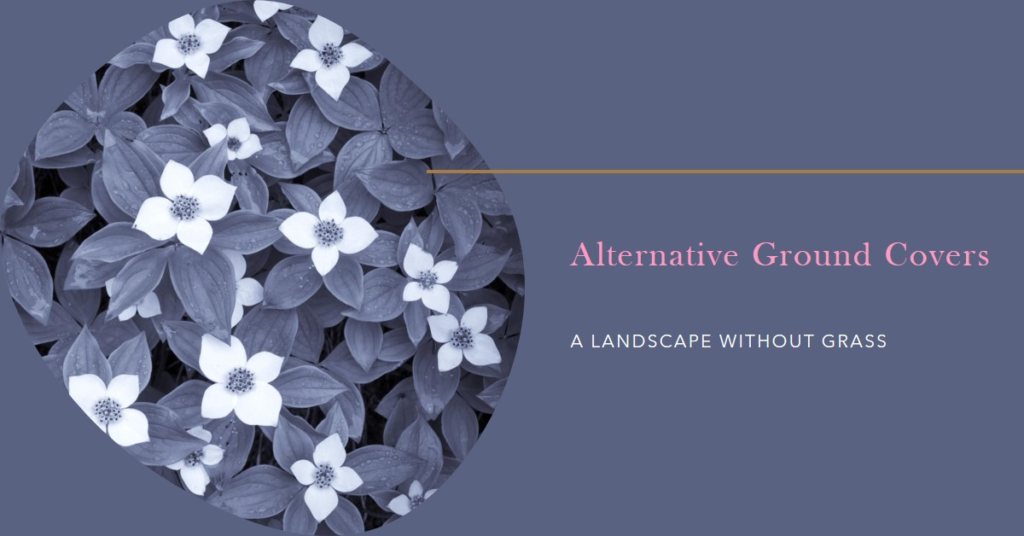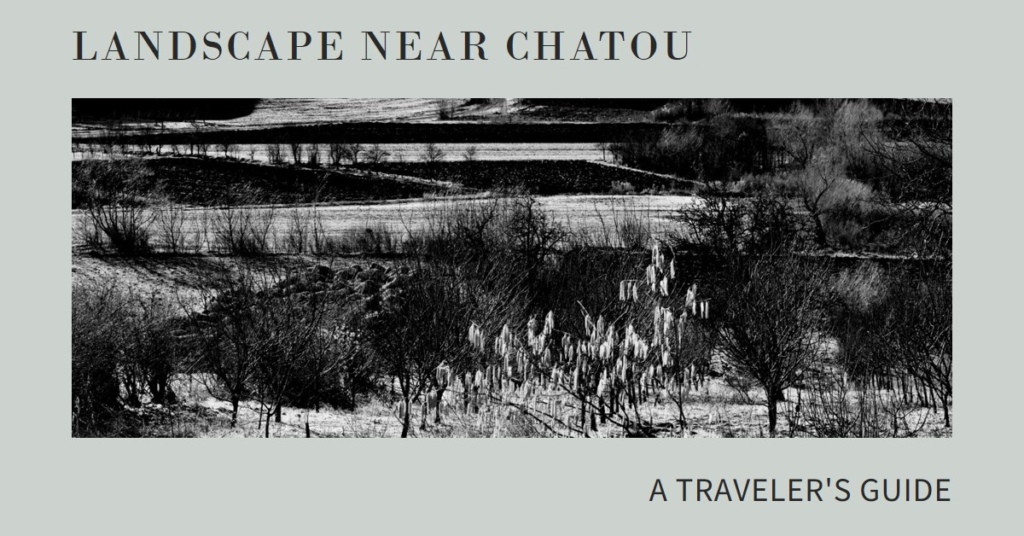
Table of Contents
- Introduction: Rethinking Traditional Landscapes
- The Case Against Grass
- Ground Covers: An Overview
- Creeping Thyme: A Fragrant Carpet
- Clover: A Sustainable Substitute
- Sedum: A Succulent Solution
- Moss: A Lush Green Alternative
- Ajuga: Colorful and Resilient
- Ice Plant: Vibrant and Drought-Resistant
- Native Grasses: Blending Ecology and Aesthetics
- Ground Cover Perennials: Versatility and Beauty
- Conclusion: Crafting a Sustainable Landscape
Introduction: Rethinking Traditional Landscapes
In recent years, the concept of landscaping has evolved beyond the traditional, grass-dominated lawn. With increasing awareness of sustainability, water conservation, and the desire for unique aesthetic appeal, homeowners and landscape designers are exploring alternative ground covers. These alternatives not only reduce maintenance but also provide diverse textures, colors, and ecological benefits. This blog post delves into the myriad options available, helping you transform your landscape into a vibrant, eco-friendly masterpiece.
The Case Against Grass
Grass lawns have long been a staple in residential and commercial landscapes. However, maintaining a lush, green lawn often requires significant water, fertilizers, and pesticides. In regions facing water scarcity, traditional lawns are becoming impractical. Moreover, the environmental impact of maintaining grass—such as carbon emissions from lawnmowers and chemical runoff—cannot be ignored. These factors make a compelling case for exploring alternative ground covers that are both beautiful and environmentally responsible.
Ground Covers: An Overview
Ground covers refer to low-growing plants that spread to form a dense mat, providing soil coverage and reducing erosion. These plants come in various forms, including perennials, annuals, shrubs, and even edible varieties. Ground covers offer numerous benefits, such as improving soil health, reducing weed growth, and providing habitat for beneficial insects. Moreover, they can thrive in conditions where grass struggles, such as shaded areas or slopes.
Creeping Thyme: A Fragrant Carpet
Creeping thyme (Thymus serpyllum) is a popular ground cover known for its aromatic foliage and tiny, vibrant flowers. This hardy plant thrives in full sun and well-drained soil, making it ideal for rock gardens, pathways, and dry slopes. Besides its aesthetic appeal, creeping thyme attracts pollinators like bees and butterflies, enhancing the ecological value of your landscape. Its drought-tolerant nature ensures minimal maintenance, and its robust growth helps suppress weeds effectively.
Clover: A Sustainable Substitute
Clover, particularly white clover (Trifolium repens), is gaining popularity as a sustainable alternative to grass. This nitrogen-fixing plant enriches the soil, reducing the need for fertilizers. Clover is drought-tolerant and remains green even in the heat of summer. It is resilient against foot traffic, making it suitable for lawns and play areas. Furthermore, clover flowers attract pollinators, contributing to local biodiversity. With its low maintenance requirements and environmental benefits, clover is an excellent choice for eco-conscious homeowners.
Sedum: A Succulent Solution
Sedums, or stonecrops, are succulent plants known for their water-storing leaves and diverse forms. These hardy plants are perfect for hot, dry climates where grass struggles to survive. Sedums come in various colors, from green and blue to vibrant reds and purples, adding visual interest to your landscape. Their shallow root systems make them ideal for green roofs and container gardens. Sedums also play a role in reducing soil erosion and providing habitat for insects. Their minimal water requirements and striking appearance make them a valuable addition to any landscape.
Moss: A Lush Green Alternative
Moss offers a unique, low-maintenance ground cover solution for shaded and damp areas where grass often fails. Mosses do not require mowing, fertilizing, or even much water once established. They create a soft, lush carpet that remains green year-round, providing a tranquil, zen-like atmosphere. Moss can be used in shady garden paths, between stepping stones, or as a lawn substitute in forested areas. Its ability to thrive in low light and poor soil conditions makes it an excellent choice for challenging spots in your garden.


Ajuga: Colorful and Resilient
Ajuga, also known as bugleweed, is a versatile ground cover with striking foliage and vibrant flower spikes. This hardy plant can tolerate a range of conditions, including full sun, partial shade, and varying soil types. Ajuga spreads quickly, forming a dense mat that suppresses weeds and reduces soil erosion. Its foliage ranges from deep green to bronze and purple, adding color and texture to your landscape. The blue, purple, or white flowers attract pollinators, enhancing your garden’s ecological value. Ajuga’s resilience and aesthetic appeal make it a favorite among gardeners.
Ice Plant: Vibrant and Drought-Resistant
The ice plant (Delosperma spp.) is a succulent ground cover known for its bright, daisy-like flowers and fleshy, water-storing leaves. This plant thrives in full sun and well-drained soil, making it ideal for xeriscaping and coastal gardens. Ice plants are highly drought-resistant and can withstand poor soil conditions. Their vibrant flowers bloom throughout the summer, attracting pollinators and adding a splash of color to your landscape. With minimal water needs and robust growth, ice plants are perfect for creating low-maintenance, eye-catching ground cover.
Native Grasses: Blending Ecology and Aesthetics
For those who appreciate the look of grass but seek more sustainable options, native grasses provide an excellent solution. Native grasses, such as buffalo grass (Bouteloua dactyloides) and blue grama (Bouteloua gracilis), are well-adapted to local climates and require less water and maintenance than traditional turf grasses. These grasses support local wildlife and resist pests and diseases naturally. Native grasses can be used in meadows, prairie gardens, or as a lawn alternative, offering a natural, eco-friendly aesthetic that harmonizes with the environment.
Ground Cover Perennials: Versatility and Beauty
Perennial ground covers offer long-term solutions for diverse landscaping needs. Plants like hostas, vinca minor (periwinkle), and heuchera (coral bells) provide year-round interest with their varied foliage and seasonal flowers. These perennials thrive in different light and soil conditions, making them versatile choices for various garden settings. Hostas are ideal for shaded areas, while vinca minor can handle sun and shade. Heucheras offer vibrant foliage colors, from lime green to deep burgundy, adding visual appeal. Perennial ground covers reduce maintenance and enhance the beauty of your landscape over the years.
Conclusion: Crafting a Sustainable Landscape
Embracing alternative ground covers opens up a world of possibilities for creating sustainable, low-maintenance, and visually stunning landscapes. By moving away from traditional grass lawns, you can conserve water, reduce chemical use, and support local ecosystems. Whether you choose the aromatic charm of creeping thyme, the sustainability of clover, or the vibrant hues of ice plant, each option offers unique benefits. Experimenting with different ground covers allows you to design a landscape that reflects your aesthetic preferences while contributing to environmental health. As you plan your next landscaping project, consider these innovative alternatives to grass, and enjoy the rewards of a beautiful, sustainable garden.


